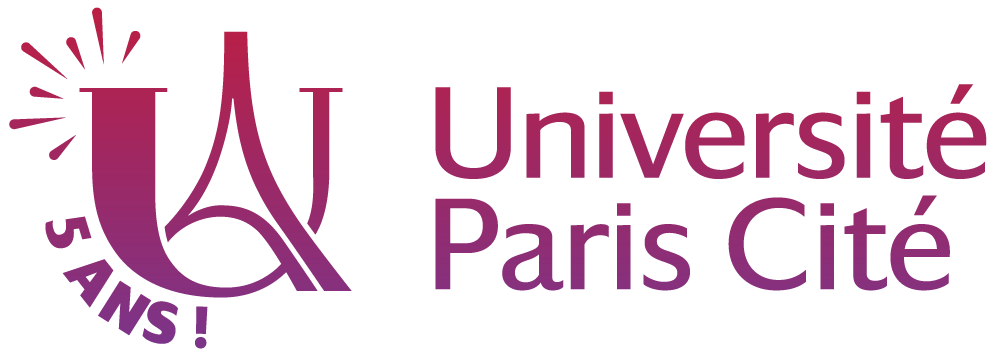On the use of ambient noise surface-wave tomography in marine exploration geophysics context
02/07/2013
IPGP - Îlot Cuvier
14:00
Séminaire de sismologie, de géosciences marines et de géophysique d'exploration
Salle 310
Aurélien Mordret
IPGP
We present Scholte wave phase velocity maps obtained from
cross-correlation of 6.5 hours of noise data from the Valhall Life of
Field Seismic (LoFS) network. We computed 2 690 040 vertical-vertical
component cross-correlations from the 2320 available sensors, turning
each sensor into a virtual source emitting Scholte waves. For every
virtual source, we measured the Scholte wave travel times to all other
stations and interpolated them on a regular grid to perform a
‚"Helmoltz tomography" of the Valhall oil field subsurface. This
tomography technique takes advantage of very dense seismic network
like Valhall LoFS network without the need of a formal inversion and
automatically accounts for bent rays and finite frequency effects
which makes it more accurate comparing with standard straight-ray
surface wave tomography methods. Scholte wave isotropic phase velocity
maps at periods between 0.65 s and 1.6 s show a coherent
geomorphological pattern dominated by paleo-channels in the shallower
part. The inversion of these maps in depth allowed us to access the
S-wave velocity distribution in the first hundreds of meters of the
Valhall subsurface. We also retrieved the azimuthal anisotropy and its
lateral variations showing a characteristic elliptical pattern around
the central exploitation platform. These results would have important
implication for shear wave statics and monitoring of subsidence due to
oil extraction.




